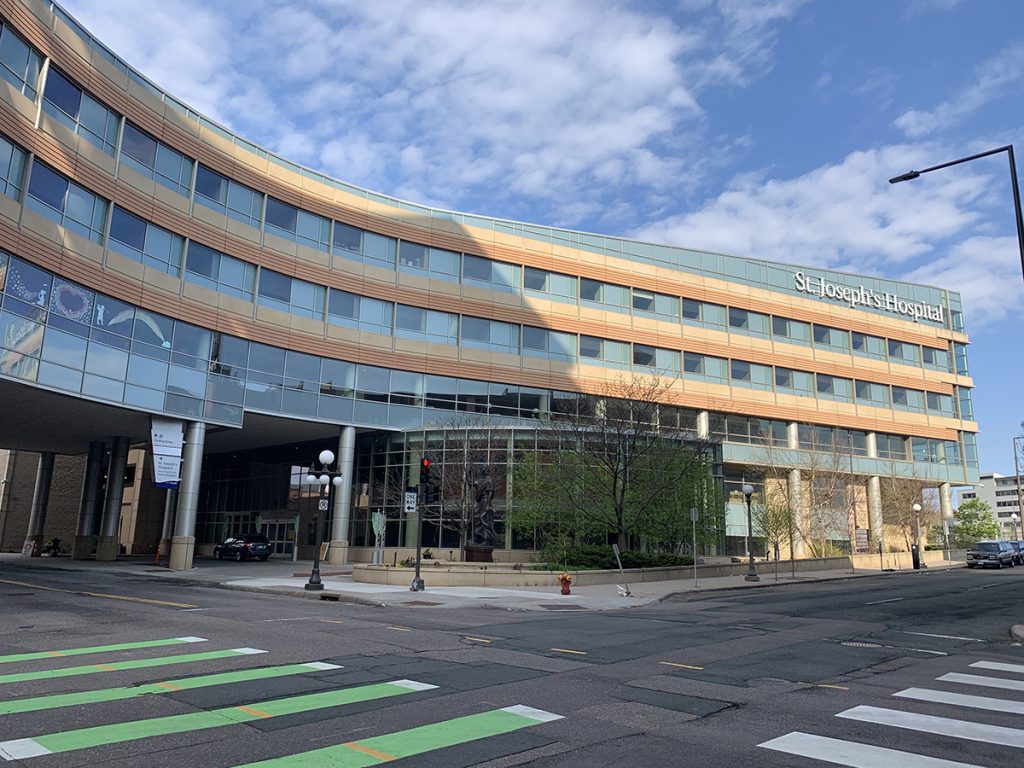By Chris Rubesch, RN, MNA First Vice President
The landscape of healthcare is changing rapidly and healthcare workers and patients often see and feel the effects of those changes acutely. Recently, the corporatization and consolidation of hospital systems has resulted in the closure of facilities and reduction of services around the region. This issue was most acute this winter with the closure of St. Joe’s Hospital by the HealthEast system. Throughout this process, MNA members were among the loudest voices advocating for the best interests of their patients and communities.

After the closure, we heard from members wanting to conduct a root cause analysis to look at MNA’s response and help us plan for similar future situations. The Collective Bargaining Committee undertook this task and developed a member survey to look deeper into what members knew about the closure, how they were involved and how we can better respond next time.
The survey included questions written by members and had input from staff with experience putting together our regular member survey. We want to share some of the information we learned and how we can use that data going forward.
The survey was sent via email to all members and was additionally promoted through our stewards, the Metro Council and on social media. Of the responses we received, roughly 50% were from Fairview/HealthEast members. When asked what barriers they faced to participating in actions related to the hospital closures, the majority of members said they either didn’t know about the events or did not have time to participate. This indicates that we have a lot of work to do to strengthen our communication structures.
One of the other central questions in the survey asked if the Board of Directors should take a more active role in supporting local bargaining units when they face issues that they may not have the resources or infrastructure to face themselves. Over 60% of members said yes, they wanted to see the Board provide greater support to local Chairs and bargaining units facing these situations.
We concluded the survey by asking what people see as our strengths. Members said some of our greatest assets include our large number of union members, high public trust of nurses, our staff members and MNA’s elected leaders.
So, what do we do next with this information? Over the past year, the Collective Bargaining Task Force, made up of members from every facility within MNA, has been meeting, looking at our union structure and recommending strategies for us to engage more members and grow our power. This survey reinforces many of the task force’s forthcoming recommendations and provides even more evidence to support our plans to transition to the organizing model and engage members directly in the work of the union.
You will continue to see and hear from MNA in this work in the months to come. We planned and conducted an organizing model education session at our October convention, and we have planned an MNA-wide negotiating and organizing summit in November, as well as an organization-wide roll out of steward trainings in the new year. I hope many of you will take part in these opportunities and help us make MNA even stronger. Thank you to those of you who took part in the survey and made your voices heard.

